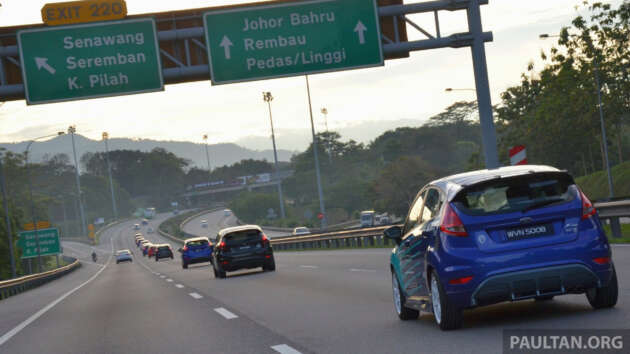According to a New Straits Times report, Malaysia is preparing to build its first rubberised roads in June 2015. Datuk Amar Douglas Uggah Embas, Minister of Plantation Industries and Commodities said this at a media briefing.
He explained that several countries have already begun research on the various uses of rubber, most notably in the construction field. “Some of them have used natural rubber (NR) for road construction. Malaysia will also be one of them,” he said.
Thailand has conducted trials with up to 3.3 tonnes of natural rubber per km for the construction of the rubberised roads. Results have indicated that although initial costs are high, the long-term maintenance is lower compared to the tarmac equivalent.
In preparation, Douglas has proposed to replace roughly 50,000 hectares of rubber trees that were older than 20 years. The government has also welcomed a move by various rubber producing associations in Thailand, Indonesia and Malaysia to agree to not sell at below US$1.50 (RM4.88) per kg.


AI-generated Summary ✨
The comments reveal strong support for the rubberized road initiative, emphasizing Malaysia's status as a rubber-producing country and the technology's long history in Europe and elsewhere. Many highlight the durability, noise reduction, and rainwater drainage benefits, noting that similar techniques have been used in European countries and for runway pavement. Concerns are raised about heat sensitivity, environmental impacts, and the suitability of rubber roads in Malaysia’s hot, tropical climate. Some critics suspect potential for corruption, price fixing, or benefits for certain industries, while others mention previous use of rubber in Malaysian roads over 50 years ago. Overall, there is a consensus that rubberized roads are a beneficial and proven technology, but questions about maintenance, costs, and environmental factors remain.